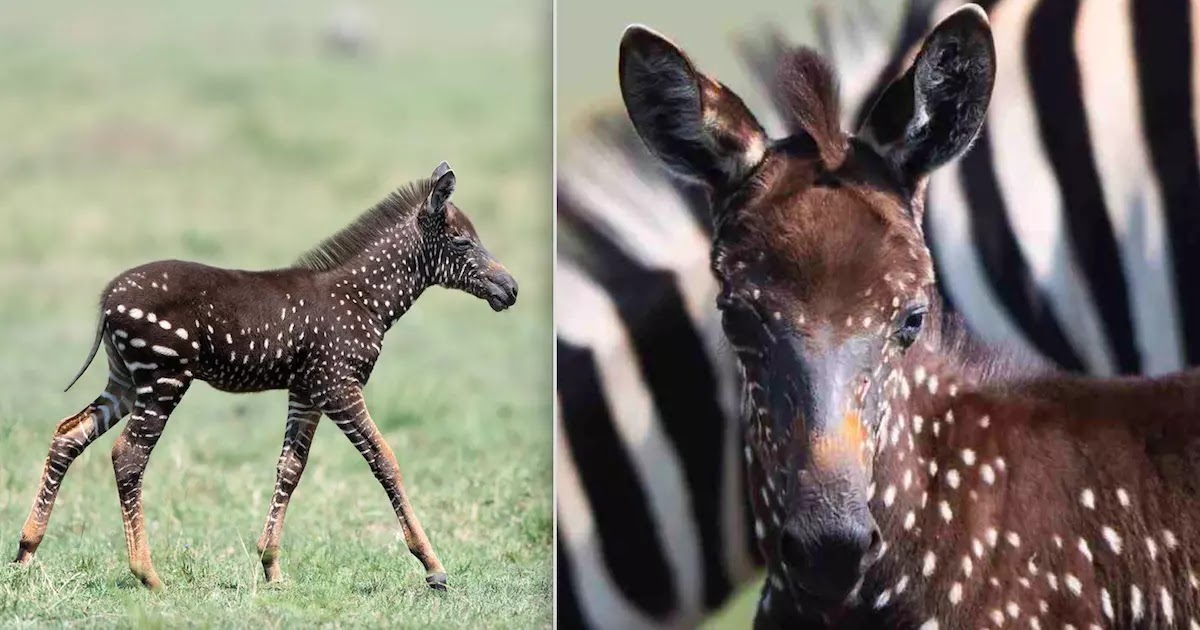
This amazing baby zebra was born with spots instead of stripes and is now attracting attention across the globe thanks to its unusual appearance.
The young foal was first spotted by Wildlife photographer Frank Liu and Maasi tour guide Antony Tira, who were searching for and photographing rhinos at the Masai Mara National Reserve in Kenya.
Tira said of first seeing the youngster:
"At first I thought it was a zebra that had been captured and painted or marked for purposes of migration. I was confused when I first saw it."
A post shared by Frank - Wildlife Photographer (@frankliuphotography)
A post shared by Frank - Wildlife Photographer (@frankliuphotography)
Rey Larison, a biologist at the University of California, after seeing the pictures of the baby zebra, estimates that it is affected by a condition called pseudomelanism, a rare genetic mutation which means animals have markings far different to those normally found within their species.
Greg Barsh, a geneticist with the HudsonAlpha Institute for Biotechnology, told National Geographic:
"There are a variety of mutations that can disturb the process of melanin synthesis, and in all of those disorders, the melanocytes are believed to be normally distributed, but the melanin they make is abnormal."
Blond and albino zebras, as well as other spotted zebras, have been previously observed elsewhere on the African continent.
Naturalists have long believed that zebras have black and white stripes to help them evade predators, the theory being that when the zebras move or stand together, it becomes much harder for those chasing them or creeping up on them to identify one particular animal to target. However, recent research has suggested that the stripes may have evolved, at least in part, to stop them being bitten by flies. Experiments have shown that flies and other biting insects don't like landing on striped surfaces. This would be an evolutionary advantage as many flies and insects carry diseases that can seriously affect the health of the animals they bite. Others have also suggested that the stripes regulate heat within the zebra's body.
While to the human eye zebras may look very similar to one another, their markings are as unique as fingerprints are on humans.
As for now, the little zebra seems happy and content and its unusual pattern has not affected their ability to be accepted as part of the wider herd.
[h/t: Positive Outlooks]












COMMENTS